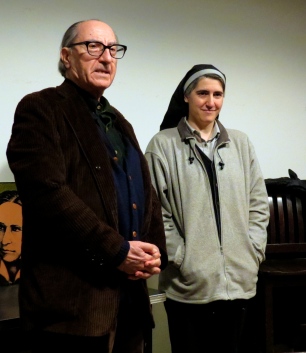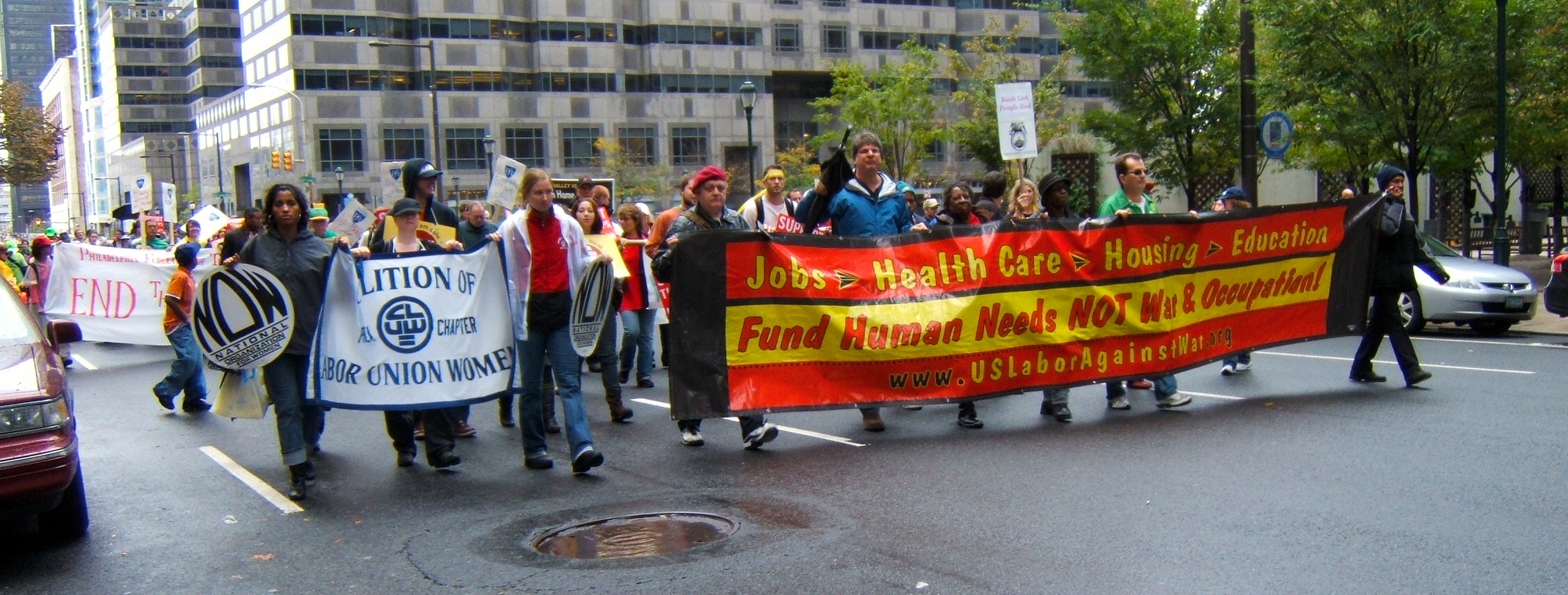
Megan McFadden
March 9, 1981-August 29, 2015
 When someone so young passes from this earth, the shock reverberates for days, weeks and months, as it seems impossible that Megan will no longer be with us.
When someone so young passes from this earth, the shock reverberates for days, weeks and months, as it seems impossible that Megan will no longer be with us.
As Megan came into my life, I watched her as a year went by, and I saw how she was working through the difficulties of her past to move forward into a new day. We thought this new beginning would be bringing her success with her art.
We will miss you, Megan. We’re so sorry.
Her Father’s Eulogy
When you have a drug-addicted child or sibling, you live in dread of the phone call that tells you she has overdosed and died in some abandoned house. My son Jim, her best friend, and I got that call on August 29th about Megan.
Rather than mourn over Megan’s tragic death at 34, let’s celebrate what was wonderful about her. She was a sweet, beautiful, and funny little girl. She had an adorable little speech impediment until she had it fixed at therapy in first grade. We had a squirrel that visited us on the deck of our apartment almost daily. We asked her for a good name for him. She said, “Mistoow Sqwool.” From that good day on, he was Mr. Squirrel, “Mistoow Sqwool” to Megan.
Megan was all her life a gifted artist and was passionate about it and lived for it. She was enrolled in school to pursue and enrich her passion, but was taken from us just before she was to begin.
She left a great legacy with her son Michael, who has brought great joy to every person he’s known in his 13 years. Good job, Megs.
The only consolation that we, her family, friends, and all the people who knew her, was that she was a person of great worth. What we can take from her death so young, is the knowledge that her pain and struggles are over, and the belief that she will find the peace with her heavenly Father that she was unable to find in this life.
Pro-Act Recovery Walk, Philadelphia, September 19, 2015
Trailer
Philadelphia Photo League

Several weeks after Megan’s passing, I received a notice from the Philadelphia Photo League about an upcoming event, the Pro-Act Recovery Walk. In 2012 a group of area photographer/activists, who were committed to social change through documentary photography, established a mission to assist civic organizations to affect change through photography. Photo League members have photographed the Recovery Walk in past years and shared their photographs with the Pennsylvania Recovery Organization–Achieving Community Together. By participating in this year’s photography project, I hope that I might help in some small way to document the event.
Morning has Broken
As I approached the staging area at the Great Plaza at Penn’s Landing, the sky appeared gray and dark as the fog began lifting from the Ben Franklin Bridge. As the presenter led a prayer from the stage, the clouds opened to a magical reflection on the river. Sun beams streamed down to the water–it was as if the universe was blessing the gathering.

Participants in their colorful t-shirts began gathering in front of the stage. The photographers took photos from the vantage of the stage, and then we split up to cover different aspects of the walk. I took a position at the start of the parade on the Chestnut Street Bridge under the balloon arch. As marchers began to stream under the arch, I began to video the walk. What amazed me was the diversity within the crowd: young and old, men and women, abled and disabled and all ethnicities represented.

The participants kept coming, walking, cheering, as those standing on the sidelines clapped. Group after group, representing organizations advocating for recovery, passed in front of me. These people have endured the challenges of addiction. Society could mediate these tragedies by implementing social policies that bring people out of addiction without stigma. To be immersed in this experience became a humbling moment, realizing that these warriors are ready to continue their fight for freedom from alcohol and drugs. Last year 600 people died from drug overdoses. It seems that a tainted batch took Megan as well as other victims, one evening in August.
Will we stand with the 25,000 Pro-Act crusaders? Our society failed Megan, we cannot fail again.
Links
Recovery Walks
Thousands march in support of and hope for addiction recovery
ProAct: Ambassadors for Recovery












































Written
on 08/14/2015